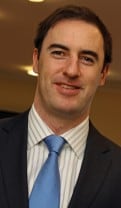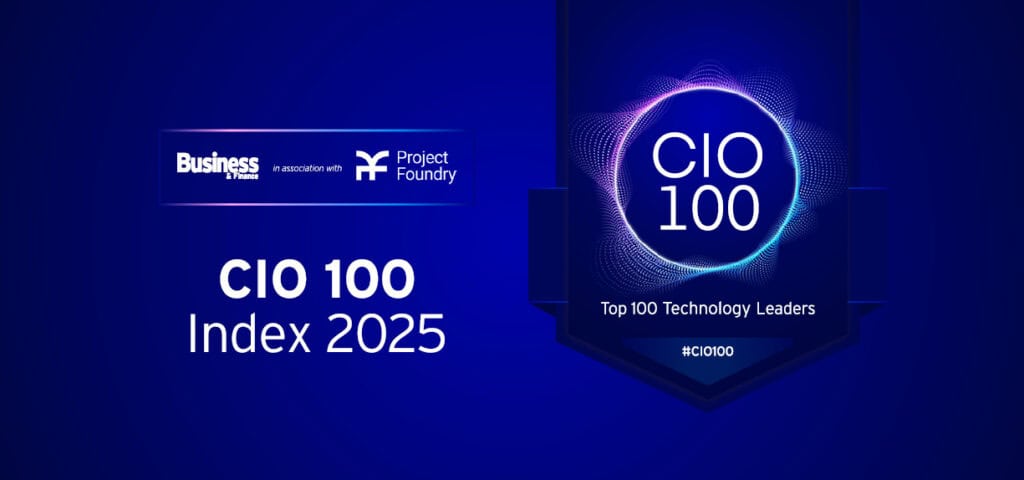John Harty, CEO of Harty International, explains the qualities essential to current and future financial services boards.
Before we examine current and future boards in the financial sector, it is important to acknowledge what has happened to change the structure of financial services boards.
Post 2008, regulators across the globe began to focus on corporate governance and significant enhancement of compliance. Focus was drawn specifically to the procedures of appointing non-executive directors to board positions and particularly to independent non-executive director (INED) appointments.
This has led many financial services organisations regulated, by the Central Bank of Ireland (CBI), to look more closely to the composition of their INED teams.
Financially regulated boards
There are two main types of financially regulated boards we must distinguish between, those of main or ‘group’ boards and those boards of subsidiary entities.
Group boards are normally made up of 10 to 14 members including the CEO and CFO. The chairman may or may not be Independent. This leaves approximately eight to 11 positions at the board room table to represent the interests of the shareholders, namely INEDs. In the banking world, this would normally be comprised of a strong balance of experts in the sector, experts in wider related sectors within the wider financial services market place; and other business leaders coming from other wider sectors.
An example of this can be seen at the board of Bank of Ireland Group: David Marston is steeped in banking experience; Patrick O’Sullivan hails from a career with organisations such as Zurich and Old Mutual Group (insurance sector); and Patrick Kennedy is current CEO of Paddy Power plc (online and gaming sector).
Subsidiary boards operate differently. These board members are not necessarily in situ to represent the interest of the shareholders (this is done by the main group board members), more so the interests of the group or plc, which owns the business.
Hence, there is often strong representation on the subsidiary board from the group. If there are, for example, 12 appointees, two will likely be executive directors alongside a chairman who is unlikely to be independent and can often be the CEO of the business. There would then often be six non-executive directors appointed from the group and three INEDs (approved by the CBI under fitness and probity).
The INEDs role as a result of their independent status are often clearly defined and marked out. Each will be required to chair a committee, normally: audit, risk, investment (latter also known as ‘with profits committee’).
Of fundamental importance to the composition of such a board is to place an emphasis on striking the correct balance which permits the INEDs to work as an effective team contributing to a high level at the board room table, ultimately towards the businesses strategy.
By this we do not suggest that the INEDs are sitting on a daily basis with the CEO and the management team to develop the strategic plans for the business. More so, that these INEDs are individuals, steeped in valid experience, who ask the difficult and challenging questions in order to enhance the strategic plan of the organisation, which is developed by the executive management team.
The role of such subsidiary boards should not be diminished by comparison to group boards, particularly in Ireland. Often the exposure of such subsidiaries is significant, particularly in the context of the liabilities and assets being carried on the balance sheet which are held in Ireland. The parent financial services company would often dwarf most successful indigenous plcs in Ireland.
The path to a strong board
As an organisation which has extensive experience operating as management consultants and working with both types of boards mentioned above, at Harty International we engage some simple strategies that we encourage our clients to deploy when looking at the composition of their board room team.
We ask the client to look at the entire board and identify what skills and experiences are lacking. This is particularly effective at the subsidiary board level as the INED team is just two or three persons strong. We encourage our clients to go beyond the expected level of having a competent audit chair, risk chair, and investment chair.
Do at least two of the three INEDs come from the industry or sector in which the business operates? Have they run a business similar to this one during in their past? Is he/she the right fit of personality for the organisation, its board room and culture? If not, then why? Does the culture need to be more accepting and as a result need to change?
These are difficult questions we encourage a CEO and/or chairman to ask themselves of their organisation. Essentially we are asking them how far they are willing to go to get attain the optimum level of corporate governance.
From here we look to encourage are clients to seek out specific technical specialists. If there are two INED posts covered by technical individuals, this leaves room to add an important element we are seeing across Europe, the USA and the entire globe at board room level: diversity.
We encourage our clients to think technician first, but to remain closely engaged with the concept of enhanced diversity throughout a process, not just considering gender, but a range of items such as: age; ethnicity; alternate geographical experience.
Corporate governance codes
The corporate governance codes handed down by the CBI specifically focusing on the numbers of financially regulated appointments held by an INED are significant: If an appointee sits on the board of a major financially regulated entity, he/she can sit only on a maximum of three financial service regulated boards. Similarly, if an appointee sits on the board of a minor regulated entity, he/she can sit on a maximum of five financially regulated boards classified as minor entities.
Ultimately, this has led to there being less technical specialist board appointees available to be selected for specific industries within the financial services market in the Irish market place.
As an executive search firm operating in this area, this has caused us to focus much of our attention on the UK market when searching for technical specialists for board positions.
INED candidate pools
For each INED search assignment we take on, our long list of profiles would normally be made up of approximately 70 profiles from the UK market place or beyond, with the remaining 30 profiles hailing from the Irish financial services sector.
However, one must remember that the financial services market in Dublin in the mid-1990s was largely underdeveloped and in the UK the financial services sector was quite robust and developed during this same period.
The current and future view of boards
Currently the picture of financial services boards is one that is improving all of the time. The majority of boards regulated by the CBI are subsidiary entities of large multinationals (whether graded as major or minor entities by the CBI). These entities tend to have approximately three INED appointees. Much of the future development of such boards will be guided by policies of the group which owns the subsidiary. Hence, the strategy of such board composition is set at HQ based in another country or jurisdiction, which can often be at the other side of the world.
We also see a number of organisations continuing to make appointments without due process, whereby candidates or potential candidates are approached directly by the business.
Without the use of an intermediary, the search is handled in a more ‘loose’ fashion. The outcome is often that the appointee is the best candidate from quite a small number or limited pool. However, without effective benchmarking how does the company know they have made the best appointment possible for their business?
Today, given the guidance and procedure put in place by the CBI we are seeing more and more financial services boards utilising the services of an executive search company to truly assist and guide the organisation to the most successful appointment.
Benchmarking the first five or six names proposed internally by the management teams and its network, of which three may be conflicted, against a pool of one hundred other suitable profiles, seems an accurate manner in which to ensure the most desirable result is achieved.
In 10 years from now we would envisage that financial services boards in Ireland will have far greater levels of diversity in place; the number of female appointees will grow significantly to 30% or more, organically and without the need for gender quotas. Equally, we predict that the number of appointees travelling from Europe, the US, the UK and so on, to take up positions on boards in Ireland will again rise significantly. The world is becoming an ever smaller place with which to do business and the boardroom landscape in Ireland is changing to reflect this and meet the needs of the future.
 John Harty is a director of Harty International and is a specialist in non-executive director appointments to corporate boards. www.hartyinternational.com
John Harty is a director of Harty International and is a specialist in non-executive director appointments to corporate boards. www.hartyinternational.com







